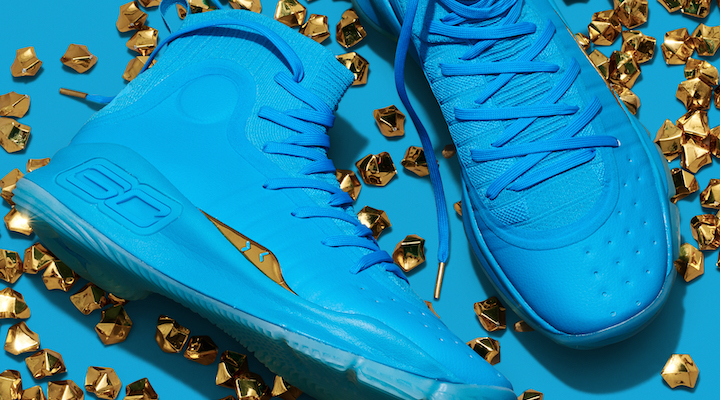If Under Armour was hoping for a holiday boost to its fortunes, it will be sorely disappointed by the latest set of numbers. Not only did overall sales decline by a sharp 6 per cent, but the dip is significantly worse than that posted in the prior quarter. Quite simply, Under Armour is quickly moving in the wrong direction.
With other regions in growth, all the decline came from North America where sales plunged by 11.8 per cent. Worryingly, this precipitous dip comes off the back of a 2.5 per cent drop in the prior year. So, it suggests that Under Armour has not yet reached the nadir of its fortunes.
Most of the difficulty comes from the wholesale channel where, on a global basis, revenue dropped by 13.2 per cent. While we accept that there are pressures in terms of inventory normalization and a more cautious approach to buying, some of this must also be chalked up to missteps by Under Armour.
One of the key problems with wholesale is that, especially in North America, Under Armour is too exposed to weak retailers like Kohl’s. As these players stumble, they pull Under Armour down with them.
A more challenging issue is that even in stronger retailers, Under Armour’s brand is not as strong as it needs to be and so does not drive traffic or sales as much as it should. This creates additional reluctance around buying, especially in a subdued consumer environment. Dick’s is a prime example here: over the past year our channel checks have found increasingly disjointed and muddled displays and assortments that do very little to entice customers. When set against rival brands, including newer players like On in sneakers, it is becoming easier and easier for shoppers to simply overlook Under Armour.
GlobalData’s consumer data backs this point. Over key occasions like back to school and, more recently, the holidays, Under Armour has fallen down the batting order of brands shoppers are interested in. There is even more of an erosion when it comes to Under Armour being a brand consumers are willing to pay a premium for. This is perhaps one of the reasons why, even in the more robust direct-to-consumer channel, Under Armour had to resort to discounting and deals to push inventory this quarter: something that impacted margins. All of this is a consequence of a brand that doesn’t have a clear enough point of view or a unique enough selling point.
Interestingly, most of this is a North American issue where sportswear competition is tougher and where the brand’s long history, schizophrenic strategies, and reliance on third-party distribution have all served to weaken its image. Across the pond in Europe, Under Armour is more highly regarded and has bolstered its presence with a handful of good stores that serve the brand well. Of course, the brand is an a more embryonic stage in Europe which aids growth potential. Even so, EMEA revenue expansion of 7.1 per cent this quarter is a very solid result.
On the bottom line, net income declined by 6.1 per cent. However, this includes a $50 million earn-out benefit in connection with the sale of the MyFitnessPal platform. When this is excluded, net income fell by a very sharp 47.3 per cent.
Looking ahead, Under Armour has a lot of work to do to stabilize the business. We appreciate management is working to achieve this and recognize that it takes time to reinvent a brand. However, we would like to see a more coherent strategy, including more solid plans to increase direct-to-consumer sales via own-brand stores. Many of the issues are deep-seated, so substantial retooling is required to remedy them.
- Neil Saunders is MD of GlobalData.






